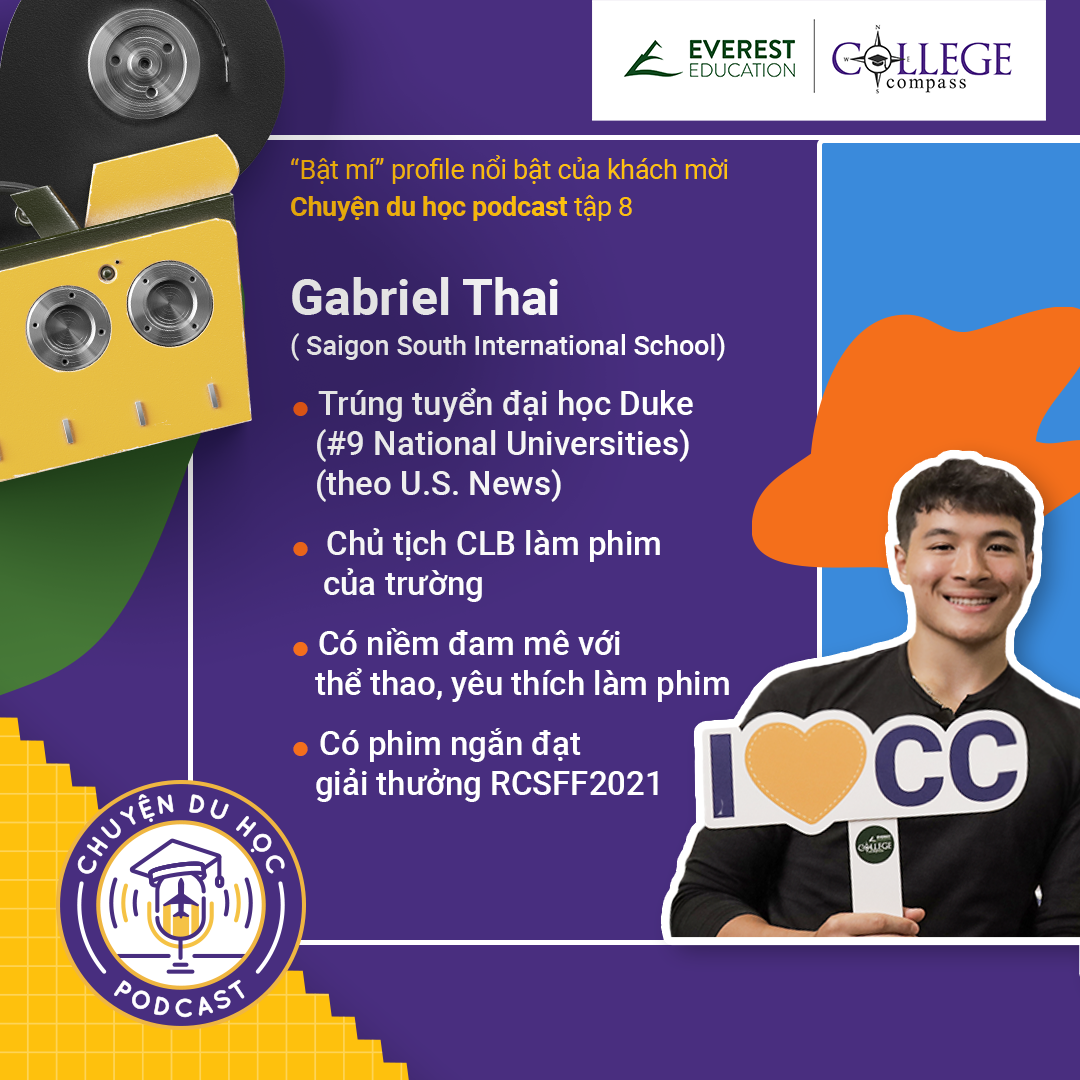Although the university-level study’s nature has changed in recent years, not least because of technology, one element has remained constant, guaranteeing students’ success with a mastery of it: academic writing. Academic writing becomes an essential skill that sets students up for success when it comes to higher education. Having many years of experience working with international students and college admission officers in our College Compass program, we realize the value of academic, assignment and essay writing skills to prepare students for top colleges.
>> Check on this article to have a great grasp on academic writing and why it is so critical
Now, the question is, how can I make my writing sound more academic and professional?
Let’s take a look at these two below sentences:
1. He explains the author’s intention and purpose in the article.
2. He is explaining the author’s intention and purpose in the article.
Both of the sentences above are grammatically correct. However, the first sentence’s tense (present simple) is more common for academic writing than the tense in the second sentence (present progressive).
This article starts with the most essential element of writing – tenses – and will show you three common verb tenses and how to use them effectively in your own academic writing.




















